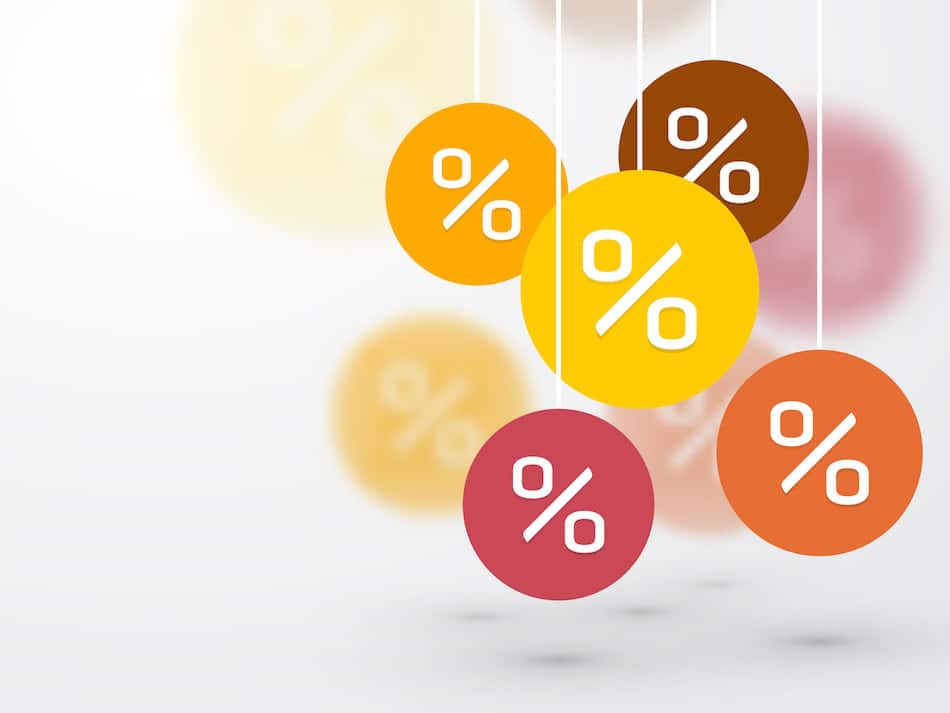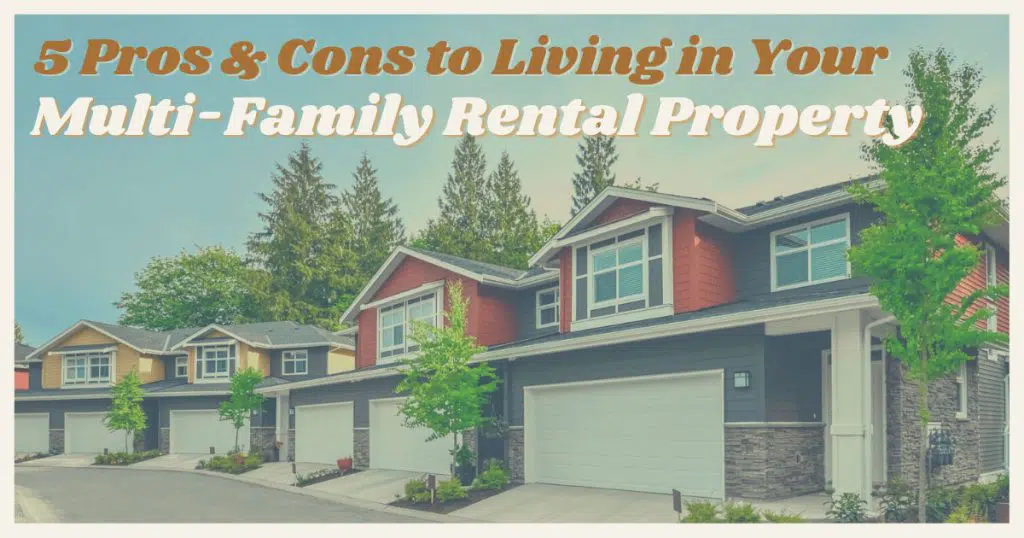
Which Mortgage Term, 30-Year or 15-Year, Is Right for Me?
 Potential homeowners who can qualify for a 15 or 30 year mortgage (or term) term for a mortgage should consider the benefits and disadvantages for each one. The length of the loan can affect their monthly payment, buying power, payoff dates, interest rate, and total interest paid.
Potential homeowners who can qualify for a 15 or 30 year mortgage (or term) term for a mortgage should consider the benefits and disadvantages for each one. The length of the loan can affect their monthly payment, buying power, payoff dates, interest rate, and total interest paid.
For informational purposes only. Always consult with a licensed mortgage professional before proceeding with any real estate transaction.
Monthly Mortgage Payment
As a general rule, when choosing a mortgage, most home buyers wil see the difference between a 15-year and a 30-year mortgage monthly payment. The payments for a 15-year loan for the same amount will almost always be more than the same loan for a 30-year loan. This is because the borrower is expected to pay back the same amount of principal in much less time. As a result, home buyers applying for a 15-year loan may have to pay as much as 150 percent or more of the monthly payment they would have for a 30-year term.
Buying Power
The monthly mortgage payment has a significant role in the amount of money a borrower can be approved for in the first place. In most cases, buyers have to keep their total monthly mortgage expenses (i.e. principal, interest, taxes, and insurance) below a certain percentage of their gross monthly income. A larger monthly payment for a 15-year loan may be above the maximum amount of the loan that applicants can use to buy a home. As a result, some homebuyers may need to choose a term longer than 15 years to be able to buy the home in the area they prefer.
15 or 30 Year Payoff Timing
A loan that lasts 15 years will be paid before one lasting 30 years. What may not be as clear is the path to paying off the loan. Since mortgages with a shorter term call for a higher payment on principal each month, the pay down of the principal will happen faster. This means that even if people decide to refinance to a longer term five years after opening a 15-year loan, they will have paid more in principal on the loan than someone with a 30-year mortgage. For people who have the income to support the higher payment, this benefit may offer them additional flexibility in renegotiating the loan later.
Interest Rate Differences
Mortgage interest rates are set by lenders for a variety of reasons. One of those reasons is risk-over-time. Lenders are responsible for the loan as long as the borrower holds it. This means that a 30-year loan is often considered riskier than a 15-year mortgage. The difference translates into lower average interest rates for 15-year fixed-rate loans. The distinction between the two rates varies from week to week, depending on outside influences affecting the market. However, even a quarter of a percentage point difference could turn into thousands of dollars in savings over the course of a year.
Total Interest Paid Comparison
Since the interest on a loan is paid monthly, having the loan for fewer months leads to less total interest paid. As people pay down more principal on a shorter loan, they are charged less interest each month. Over the life of the loan, this could mean a significant amount of savings on interest paid. For a $200,000 mortgage with average interest rates, homeowners could pay nearly $100,000 more in interest for a 30-year mortgage.
Deciding on the length of the mortgage is something that many Eden Prairie home buyers need to consider. By looking at these factors, borrowers can determine which term could be ideal for their financial goals.
For informational purposes only. Always consult with a licensed mortgage professional before proceeding with any real estate transaction.



